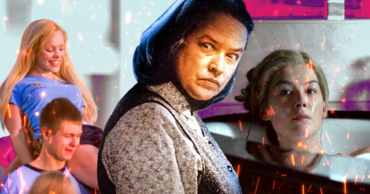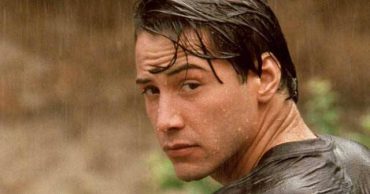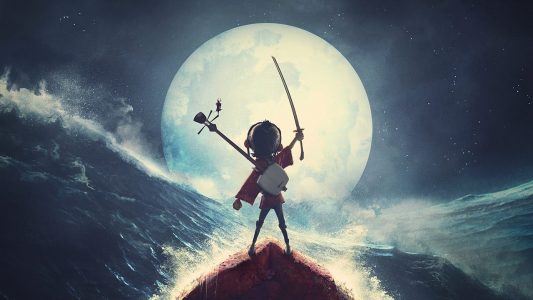
Every once in a great while, a movie will come along that — without ever meaning to — changes everything. These are the Citizen Kanes of the world — the Breathlesses and the Bicycle Thieves, the Lord of the Rings and the Avengers — films of such dauntless weight that things can’t really be the same after they are released.
So while I really don’t want to oversell Kubo and the Two Strings, I can’t help but call it exactly what it is: a fundamental game-changer in the world of animation. It is without a doubt the most astoundingly beautiful animated film that I have ever seen: a seamless blend of high-end stop-motion and computer animation. It makes its nearest competition in that department — 2013’s breathtaking Tale of the Princess Kaguya — look downright amateurish by comparison.
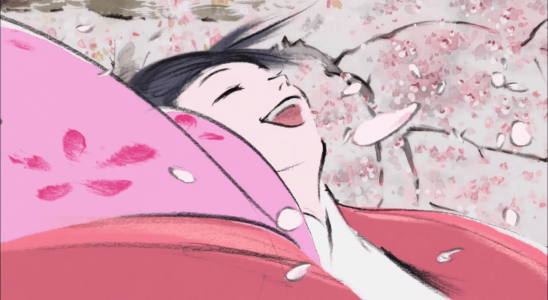
(Photo via Thefridacinema.org)
Its most immediate comparisons might actually be to Iron Man of all things. Before 2008, nobody really figured out how to make superhero outfits — with all of their garish colors and gravity-defying flourishes — look good on the big screen. For all of its fidelity to the comic book outfit, 1978’s Superman was obviously just a guy in a cloth onesie. 1989’s Batman clearly stuffed his bat-suit to give the appearance of a muscled physique. 2000’s X-Men didn’t even bother with costumes in the traditional sense; it just threw everybody into the same S&M jumpsuit and called it a day.
Iron Man cracked the code, though. It wasn’t just about what looked good in the comics, but also what looked good on the screen. It wasn’t just about giving him a physical outfit to fight crime in, but about touching it up with high-end CG. It was about combining two traditionally segmented visuals into a singular look that neither could achieve on their own.
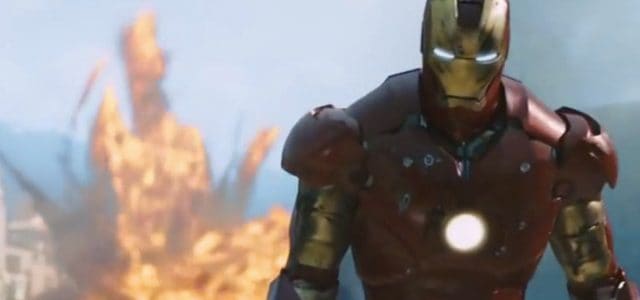
(Photo via Howtoliveit.co.uk)
That is Kubo‘s indelible contribution to the field of animation. It gives future animated films its Iron Man armor: the key to making a stop-motion film not just look good, but possess all the sweeping, narrative possibilities of its more traditionally animated brethren.
I’ve never been quite so high on stop-motion as most people seem to be. They’re amazing works of art, certainly, and technically impressive, but I always walked away from them repeating the same two issues over and over again.

(Photo via Legionofleia.com)
There was always at least one — usually several — shots that just looked awkward. It could be any number of things: an oddly contorted face, an impossibly stretched limb or some bit of action that ever quite looked right. Something — often several things — would break the illusion so expertly crafted by the rest of the film.
Water was usually to blame here. There was just seemingly no good way to make something as mercurial and fluid as liquids look realistic when you were filming frame-by-frame, gathering mere seconds of usable footage each day. It always looked impossibly static: a fixed point in an otherwise flowing film.

(Photo via Forbes.com)
The second issue that I’ve always taken with this style of animation was that the inherent limitations of stop-motion almost inherently precluded the grandiose stories that I can’t help but be drawn to. Before this last week, I would have laughed in the face of anybody who suggested a stop-motion Lord of the Rings or Odyssey. There was just no way of making them work.
In addition to water being a key sticking point of stop-motion submersion, weather effects were a particular weakness of this kind of animation. When you’re going frame by literal frame, it’s just not feasible to suspend raindrops or snowflakes in the air and allow them to smoothly, naturally fall to the ground. This meant no stormy showdowns nor raging blizzards: nothing but clear skies for the action to play out in.
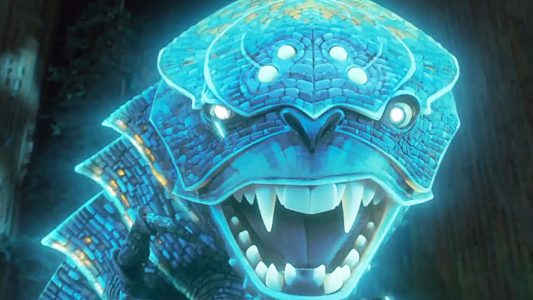
(Photo via Youtube.com)
Kubo, however, fixed everything. By having the stop-motion narrative play out in front of green screens, it was able to smooth over the rough edges of its medium and insert its fantastically-rendered creations into settings every bit as varied and dramatic as a live action film.
Kubo begins his adventure in a raging storm at sea: a scene that should have been laughable for a film of this kind. He is later launched to a mountaintop amidst a raging blizzard. Entire sequences take place sailing across and diving beneath a vast lake. It pulled every last one of these scenes off perfectly: never once tipping its hat with an awkward or off-putting shot.
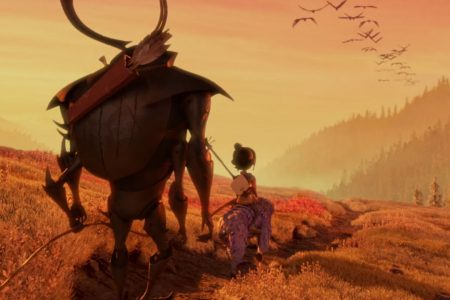
(Photo via Screencrush.com)
This isn’t to say that Kubo is nothing but a technical marvel: something beautiful to look at, but ultimately without substance. It showcases a sweeping narrative that is every bit as breathtaking as its visuals. It’s the Legend of Zelda film that we’ve never gotten: packed with nightmarish creatures, bedeviled heroes and wuxia-inspired showdowns that are among the best film has ever offered us.
Do yourself a favor and go see Kubo this weekend. Take your kids. Take your friends. Take your neighbors if they’ll let you. It is easily the best film I’ve seen this year and deserves to be seen by as many people as possible.
Rating: 10/10
Buy on BluRay: Absolutely!
 Follow Us
Follow Us

